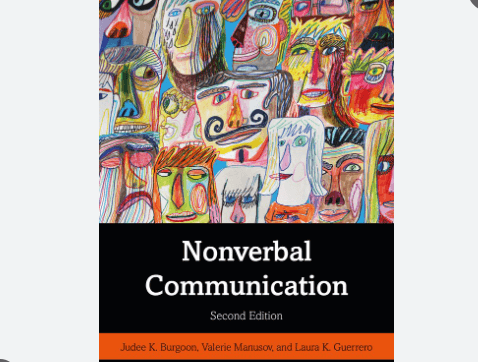Organizational Conflict

- Credit | Trainers Library
Navigating Organizational Conflict: Strategies for Effective Resolution and Team Harmony
ConflictOpens in new window is defined as the expressed struggle between at least two interdependent parties who perceive opposition of goals, aims, and values, and who see the other party as potentially interfering with the realization of these goals.
This definition highlights three general characteristics that we may think of as the three I’s of conflict:
- incompatible goals,
- interdependence, and
- interaction.
The basis of organizational conflict lies in these. Therefore,
Organizational conflict refers to the disagreement, tension, or friction that arises when the goals, interests, or values of different individuals or groups within an organization are incompatible.
In Miller's (2003) analysis, organizational conflict typically arises from the perception of incompatibility concerning different organizational initiatives. His conclusion underscores that conflict emerges when members' behaviors are interdependent, emphasizing that it encompasses the expression of incompatibility or interaction, rather than the mere presence of incompatibility. Communication serves as the pivotal means through which conflict is both triggered and constructively addressed.
Causes of Organizational Conflict
Organizational conflicts can be caused by a variety of factors, including:
Differing goals or objectives
When individuals or groups have different goals or objectives, they may come into conflict as they compete for resources or try to influence the direction of the organization. For example, a sales team may be focused on increasing sales, while a production team may be focused on reducing costs. These differing goals can lead to conflict as the two teams try to achieve their own objectives.
Scarce resources
When resources are scarce, individuals or groups may come into conflict as they compete for those resources. For example, if there is a limited budget for travel, different departments may compete for funding to attend conferences or training events. This competition for resources can lead to conflict as departments try to justify their own needs.
Communication breakdowns
When communication is poor, it can lead to misunderstandings and conflict. For example, if an employee is not given clear instructions on how to complete a task, they may make mistakes that frustrate their supervisor. This frustration can lead to conflict as the two parties try to resolve the issue.
Personality clashes
Sometimes, conflict arises simply because people have different personalities or work styles. For example, an introverted employee may clash with an extroverted employee, or a detail-oriented employee may clash with a big-picture thinker. These personality differences can lead to conflict as the two individuals try to work together.
Types of Organizational Conflict
Here are some common types of organizational conflict:
Task Conflict
This type of conflict arises from disagreements about the goals, tasks, or work processes within the organization. It can be constructive if it leads to improved decision-making and creative solutions, but it can also be destructive if it hinders progress and teamwork.
Relationship Conflict
This form of conflict is interpersonal in nature and involves friction between individuals or groups due to personal differences, communication issues, or incompatible personalities. Relationship conflict can be detrimental to morale and team cohesion.
Process Conflict
Process conflict stems from disagreements about how work should be done. It can involve differences in work methods, procedures, or the allocation of resources. Resolving process conflict often requires finding compromises and establishing clear communication channels.
Status Conflict
Status conflict occurs when there are disparities in power, authority, or prestige among individuals or groups within the organization. This type of conflict can be related to issues such as hierarchical structures, job titles, or unequal distribution of resources.
Value Conflict
Value conflict arises from differences in personal or organizational values. When individuals or groups hold divergent beliefs, ethical standards, or priorities, it can lead to tension and discord within the organization.
Strategies for Managing Organizational Conflict
Managing organizational conflict is crucial for maintaining a healthy work environment and ensuring the organization's success. Some strategies for addressing and resolving conflict include:
Open Communication
Encourage open and honest communication to address misunderstandings and clarify expectations. Creating a culture of transparency can help prevent conflicts from escalating.
Conflict Resolution Techniques
Employ various conflict resolution techniques, such as negotiation, mediation, or arbitration, to find mutually acceptable solutions. These methods can help parties involved in conflict reach agreements that benefit both sides.
Team Building
Foster a positive team culture through team-building activities and exercises. Building strong interpersonal relationships can mitigate potential conflicts and improve collaboration.
Conflict Training
Provide training for employees and leaders on conflict management skills. This can include communication training, conflict resolution workshops, and other skills development programs.
Clear Policies and Procedures
Establish clear organizational policies and procedures to address potential sources of conflict, such as decision-making processes, resource allocation, and performance expectations.
Conclusion
Organizational conflict can have both positive and negative consequences. On the one hand, conflict can lead to creativity and innovation, as people with different perspectives are forced to think outside the box. On the other hand, conflict can also lead to decreased productivity, increased turnover, and a negative work environment. By proactively addressing and managing conflict within the organization, leaders can create a more positive and productive work environment.
























